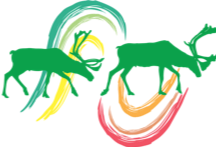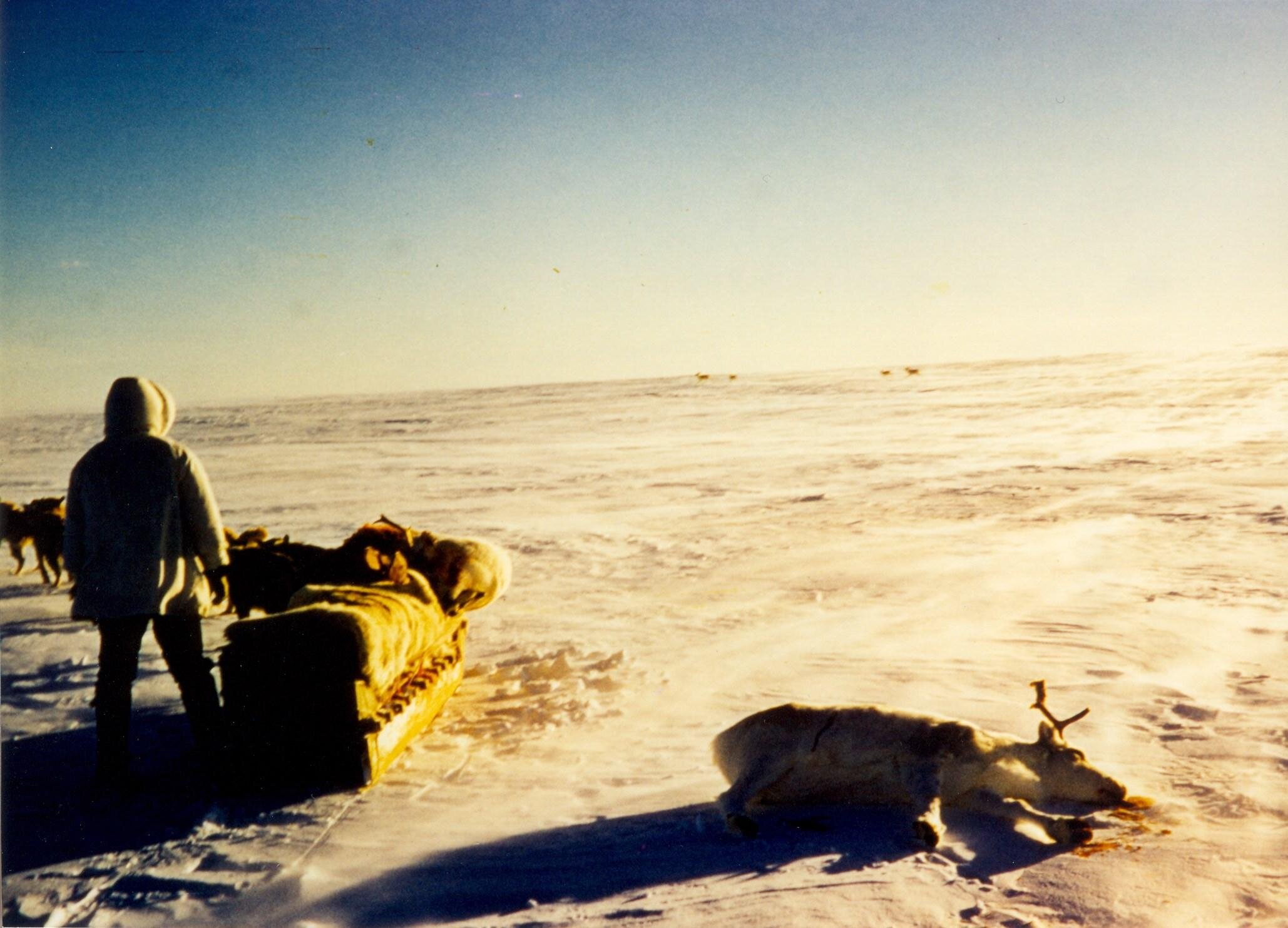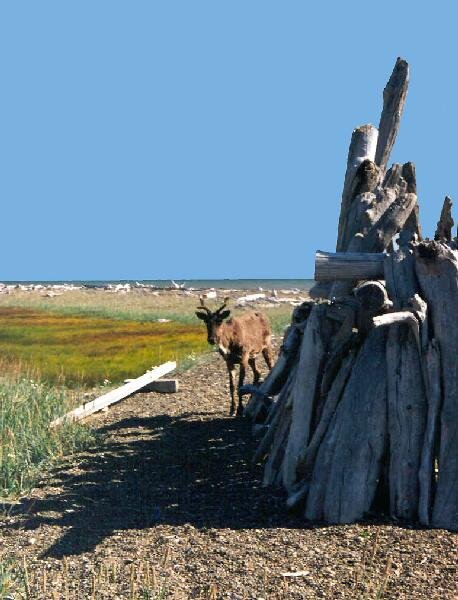Taking Care of Caribou
The Management Plan
©Parks Canada/Jay Frandsen
About Taking Care of Caribou
“It’s very hard for elders to express their feelings when they are asked about caribou. I have feelings for the caribou. We really take care of the caribou....”
In late 2014 and early 2015, members of the ACCWM approved Taking Care of Caribou: The Cape Bathurst, Bluenose-West, and Bluenose-East Barren-ground Caribou Herds Management Plan (2014). The Plan was developed in consultation with 17 communities that harvest from the three herds, with the intent to address caribou management and stewardship over the long term. It was presented to the Minister of Environment and Natural Resources (Government of the Northwest Territories), the Minister of Environment (Government of Nunavut), and the Environment Minister (Government of Canada) in 2014.
Taking Care of Caribou: The Cape Bathurst, Bluenose-West, and Bluenose-East Barren-ground Caribou Herds Management Plan was updated in 2021 following a 5 year review. This is the most up to date version of the Plan.
The Management Plan is supported by two companion documents: a report summarizing recent scientific information about the herds and a report that provides a summary of the information that was shared during community meetings to develop the Plan. Individual Action Plans were then developed for each of the three herds (Cape Bathurst, Bluenose-East and Bluenose-West). These Action Plans provide details on the types of actions that are recommended based on a herd’s status, as well as who is responsible for the actions, and when they should be done. They are updated every year, and can be found here.
The Taking Care of Caribou Plan describes:
Principles and goals for taking care of the Cape Bathurst, Bluenose-West, and Bluenose-East caribou herds;
The need for a plan and the importance of working together;
Current population estimates and trends;
Roles and responsibilities of the wildlife management boards;
Information required to effectively take care of the herds;
How to make management decisions that can impact herds;
A framework for determining what management actions should be taken; and
How to communicate with communities, harvesters, youth, and others.
“Be positive and put some recommendations in the plan. Have some confidence and be optimistic. Have some faith in the system. We have to work together to make things happen. We are all in this together. ”
About the herds
Names for barren- ground caribou in the range of the Cape Bathurst, Bluenose-West and Bluenose-East herds include:
tuktut (Inuvialuktun and Inuit)
vadzaih (Teetł’it and Gwichya Gwich’in)
ɂekwe/̨́ ɂepe/ɂedǝ (Dene of the SahtúRegion)
ekwǫ̀(Tłıc̨hǫ)
etthén (Dënesuł̨̨̨ıné)
nódi/nodi (South Slave Dene)
The ACCWM currently coordinates management for three barren-ground caribou herds: Bluenose-East, Bluenose-West, and Cape Bathurst.
Scientific knowledge defines herds based on identifiable and distinct calving grounds, although some mixing and movement does occur. Traditional knowledge holders and Indigenous communities vary in their interpretation of barren-ground caribou herds. Some distinguish among different herds using a variety of techniques (e.g. direction of travel, range, colour/size/body condition, and the taste of the meat). Other interpretations stress fluidity and interconnectedness and do not identify barren-ground caribou as belonging to distinct units or groups. Indigenous stewards of the land, management authorities, and governments have been working within the scientific designations of herds to facilitate collaboration on managing threats for barren-ground caribou and to guide recovery.
Overlapping annual herd ranges, based on data from collared cows between 1996 and 2008. Cross-hatched areas indicate calving grounds. (ENR-GNWT)
Movements of satellite-collared cow caribou in the Northwest Territories and portions of Nunavut, based on data collected between 1985 and 2007 (ENR-GNWT)
Cape Bathurst caribou calve on the Cape Bathurst Peninsula. After calving, they rut and winter inland on the tundra. They rut east of Husky Lakes, and winter in the Parson’s Lake – Husky Lakes area and to the south.
Bluenose-West caribou calve west of Bluenose Lake in Tuktut Nogait National Park and adjacent areas to the west. Collaring studies have shown that they migrate towards the treeline for the rut in October, and winter in the Anderson River and Colville Lake area.
Bluenose-East caribou calve east of Bluenose Lake in the headwaters of the Rae and Richardson rivers. Collaring studies have shown that like the Bluenose-West, these caribou also migrate towards the treeline for the rut in October, however they rut northeast of Great Bear Lake, and winter north, east, and south of Great Bear Lake.





